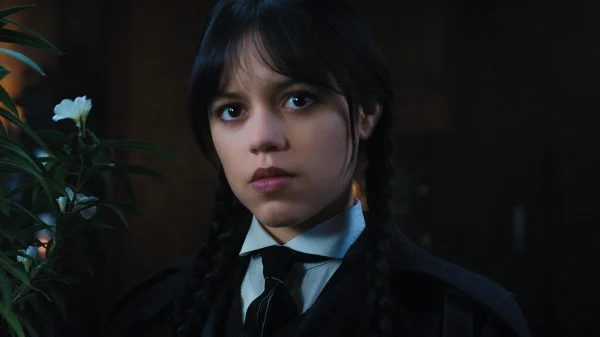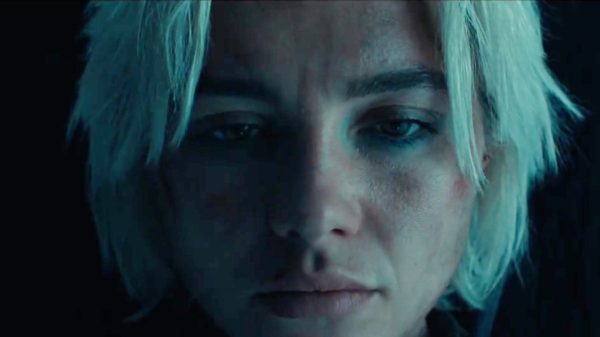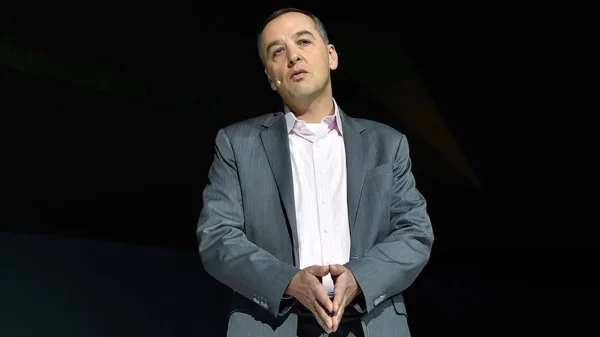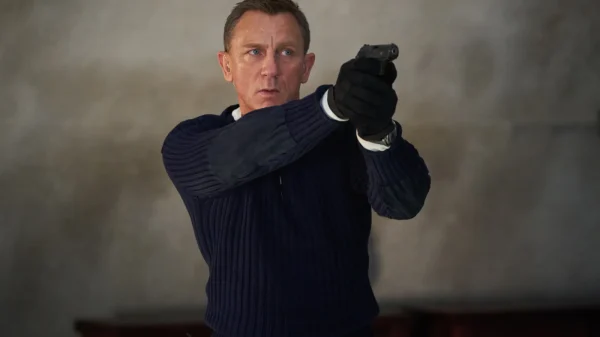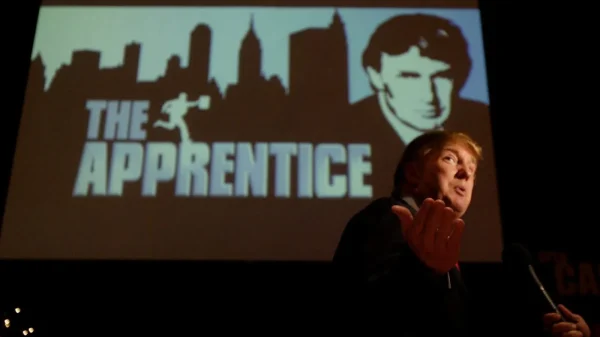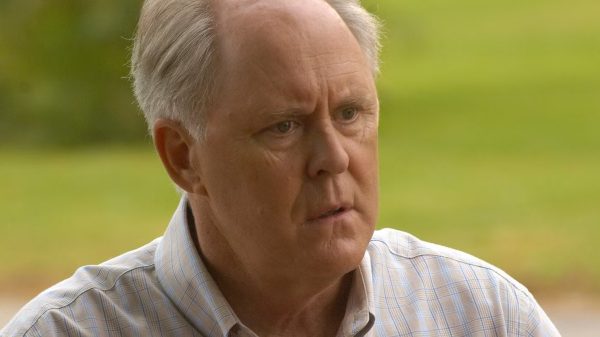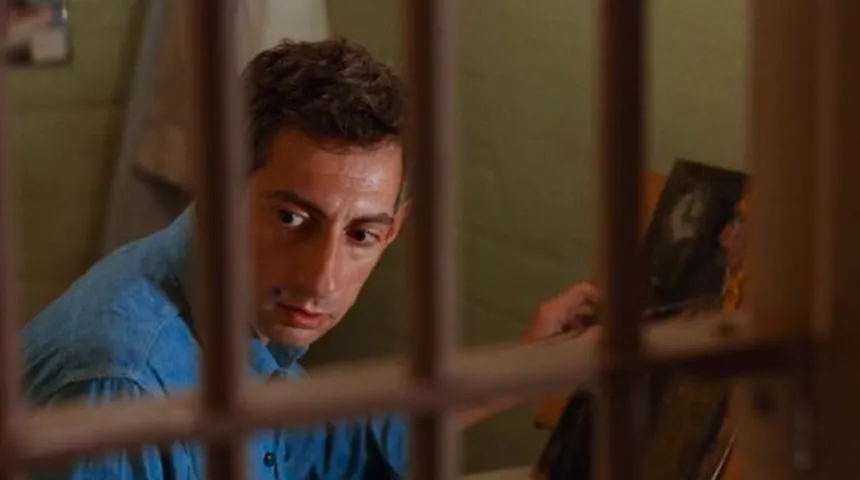Clint Eastwood stars in the gripping film “Escape from Alcatraz,” a masterful depiction of the 1962 escape from the infamous Alcatraz prison. With a 97% Rotten Tomatoes rating, 1% higher than “Unforgiven’s” 96%, the film expertly portrays the tense and detailed planning behind the daring escape attempt.
The film excels in depicting the oppressive atmosphere of Alcatraz and the resilience of the human spirit. With a career spanning over six decades, Clint Eastwood has appeared in almost every genre of film, and directed a significant portion of them as well. Speaking of boots, cowboy boots to be specific, the apex of his directorial efforts has to be 1992’s “Unforgiven,” a powerful film that deconstructs the Western genre and reinvents it going forward.
“Escape from Alcatraz” tells the true story of the only successful prison escape from the infamous facility. Clint Eastwood plays Frank Morris, a highly intelligent prisoner who had escaped from a number of prisons before, and was placed in Alcatraz because of its ‘inescapable’ reputation. The film begins with Morris’ arrival at Alcatraz, where he meets Warden Dollison before being escorted into his new digs. Morris makes friends and foes alike, befriending English, Litmus, and Doc, the latter of whom paints portraits that contain chrysanthemums, which he deems are symbolic of the human spirit and freedom.
The discovery of a potential escape route leads Morris and his fellow prisoners to chip away at the concrete walls of their cells with makeshift shovels. Over time, they create holes big enough to crawl through, covering them with cardboard during the day, painted to look like concrete. Crafty Morris suggests crafting papier-mâché dummy heads with flesh-colored paint and real hair to throw the guards off the scent. The heads work as intended, with one suspicious guard stymied by Morris’ return to his cell before the decoy is discovered.
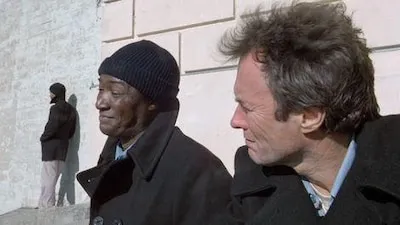
Clint Eastwood in ‘Escape from Alcatraz’ (Via IMDB)
After successfully escaping, the prisoners make their way to the shoreline, inflate their makeshift raft, and head into the treacherous waters of the San Francisco Bay. They are never found, and Alcatraz would be closed less than a year following the event.
What makes “Escape from Alcatraz” stand out is its attention to detail, adherence to facts, and masterful direction. Director Don Siegel turns Alcatraz itself into a character, a foreboding presence that seeks to crush any hope of those within its walls. This, combined with Clint Eastwood’s performance, creates the perfect foe for the actors. The film also doesn’t shy away from its depictions of life for the prisoners, from the warden’s dehumanizing actions to the violence of prison discipline.
Why does “Escape from Alcatraz” earn that extra 1% over “Unforgiven” on Rotten Tomatoes? Perhaps by dividing his time between directing and acting in “Unforgiven,” Eastwood’s focus on the character is lessened ever so slightly, where “Escape from Alcatraz” has the benefit of a singularly focused Eastwood as an actor. Perhaps rumored tensions between Siegel and Eastwood during production heightened the necessary tension naturally.
In the end, both films feature Eastwood at his very best, in vehicles that are worthy of it.

